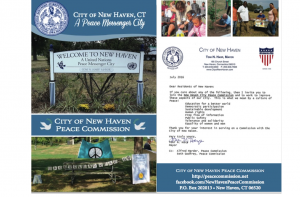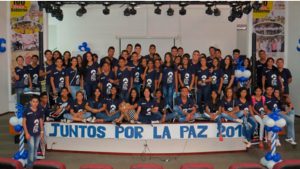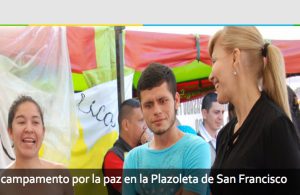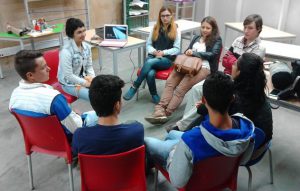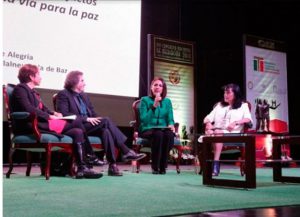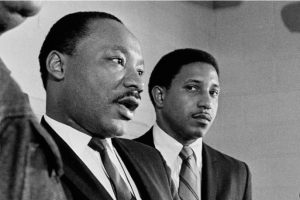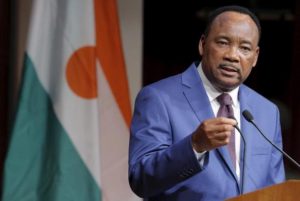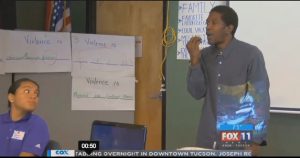FREE FLOW OF INFORMATION
A film review from allgovernmentslie.com
Independent journalists Jeremy Scahill, Glenn Greenwald, and Michael Moore expose government lies and corporate deception, inspired by the legendary investigative journalist I.F. Stone.
All Governments Lie: Truth, Deception, and the Legacy of I.F. Stone, is a
theatrical documentary created by a team of Emmy Award-winning filmmakers, who subscribed to I. F. Stone’s newsletter in their teens.
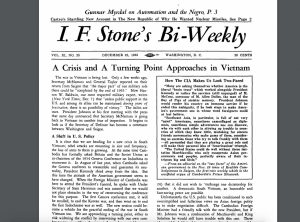
A copy of I.F.Stone’s weekly, copied from the website for I.F.Stone’s archives
(click on photo to enlarge)
“I. F. Stone’s Weekly” inspired us then, and compels us now to tell the story of a new wave of independent, investigative, adversarial journalists following in Stone’s footsteps.
We hope this film will inspire the next generation of independent journalists, many of whom are now in college, to carry on I.F. Stone’s legacy of speaking truth to power.
This film will change the way you look at the mainstream media or “MSM”. Giant media conglomerates are increasingly reluctant to investigate or criticize government policies – particularly on defense, security and intelligence issues.
They are ceding responsibility for holding governments and corporations accountable to the independent journalists and filmmakers who risk their careers, their freedom and their lives in war zones – to expose the truth.
With government deception rampant, and intrusion of state surveillance into private life never more egregious, independent voices like Glenn Greenwald, Jeremy Scahill, and Amy Goodman are crucially important. All three are inspired by the iconoclastic rebel journalist named I. F. Stone, whose fearless, independent reporting from 1953 to 1971 filled a tiny 4-page newsletter which he wrote, published, and carried to the mailbox every week.
Stone is little known today, but All Governments Lie will reveal the profound influence he’s had on contemporary independent journalists like Greenwald, Scahill, Goodman and others.
